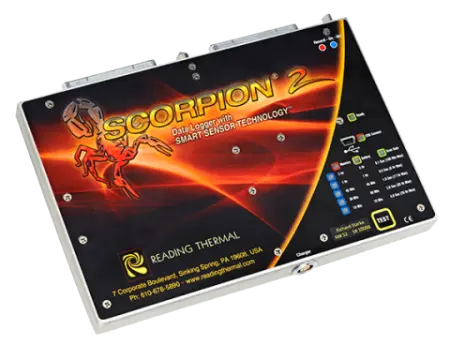If your team keeps asking, “Why did this run take longer than yesterday’s?” you’re not alone. Baking time variability sneaks in from small shifts – airflow that drifts, humidity that lingers, or heat that piles up on one side of the belt. Reading Thermal equipment promotes reducing baking time variability through oven profiling. Our products give you the picture behind those minutes, so you can turn guesswork into targeted adjustments and keep your schedule on track.
Why Baking Time Varies
Baking time isn’t just a timer setting; it’s the outcome of how heat and moisture move through the oven and into the product. A slightly drier first zone can set crust sooner and slow internal cook. A cooler middle zone can delay color development and force a longer dwell. Even seasonal changes in ambient air, or a new formula can stretch bake times without warning. When you can see where the curve gets off course – early, middle or finish – you’ll know whether to touch zone setpoints, dampers, conveyor speed or steam.
What Oven Profiling Reveals
A good profile turns the oven into a story you can read. You’ll see how temperature ramps by zone, where humidity peaks and how the product core responds. That clarity helps you balance time and temperature rather than chasing both. For example, if color stalls late, a profile may show humidity hanging high longer than expected; trimming moisture there often restores finish without adding minutes. If the belt edge runs hot, a profile will flag it so you can correct airflow and stop overbaking the outside rows while the center lags.
Tools That Make Profiling Practical
Reading Thermal’s SCORPION® 2 Data Logger is built for this kind of everyday insight. Pair it with a Temperature Sensor Array to map hot and cool regions across the width, then add the Humidity Sensor to watch how moisture rises and falls throughout the bake. To connect oven conditions to real product behavior, the Product Probe and Pan+Dough Probe track internal set points and bottom heat pickup.
From Profiles to Setpoints You Can Trust
Data only matters if it changes the next run. SCORPION® Software 2 helps you compare yesterday’s “golden run” with today’s profile to spot exactly where minutes slip away. If Zone 2 is cooler than the golden reference, bumping its setpoint – or easing a damper to increase recirculation – may return dwell time to target. If humidity lingers in the finish, a modest adjustment can tighten color without extending bake. Over time, you’ll build standard profiles for different products and flour lots, so operators know what “right” looks like before they start the line.
Make Time Work for You, Not Against You
Baking time variability isn’t mysterious once you can see what the oven’s doing. Profile temperature, humidity, and airflow together, and you’ll know exactly which knob to turn and by how much.
Reading Thermal equipment excels in reducing baking time variability through oven profiling. It provides a practical, bakery-ready way to lock in consistent bake times without inflating dwell. That’s how schedules hold, scrap drops and every shift runs with fewer surprises and more confidence. If you would like more information, please don’t hesitate to get in touch. You can give us a call at 610-678-5890 or contact us online.

